In-Person
Student Scholarship and Presentation Night Presents:


Jordy is an undergraduate geophysics major with a fascination for all of nature's wonders.She believes that understanding Earth systems is key to unlocking our understanding of extra-terrestrial planetary bodies, which she wants to study in the future. She thanks you for your support.
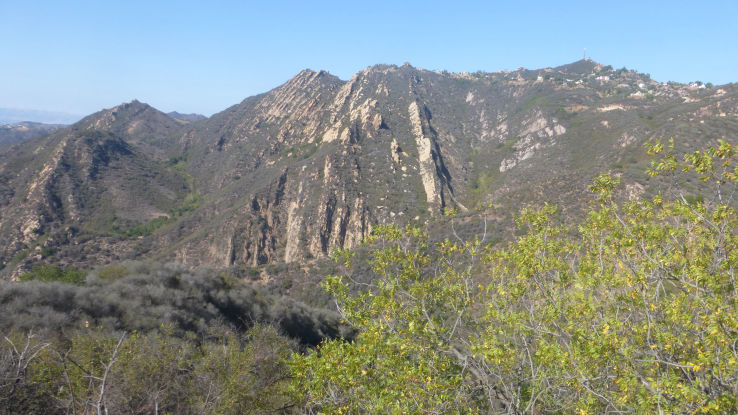
Hannah Yakimisky isa current student at Moorpark College pursuing a Geology degree. Her long-term goal is to pursue a career in a Geology field that includes supporting communities and companies in the sustainable use of our environment and its resources.

Tarantula Hill is one of the most iconic landforms in the Thousand Oaks area. It is composed primarily of dacite, formed as part of the Miocene Conejo Volcanics. This study sought to expand on the limited mineralogical knowledge of Tarantula Hill. Thin section analysis revealed relict hornblende crystals that displayed expected cleavage and crystal habit, yet abnormally-low interference colors and an obvious porous halo of replacement minerals. XRD analysis indicated the replacement minerals are anorthite. These results suggest an insufficient amount of aluminum to form clay minerals during weathering, and that the hornblende’s iron was oxidized and leached out by groundwater.
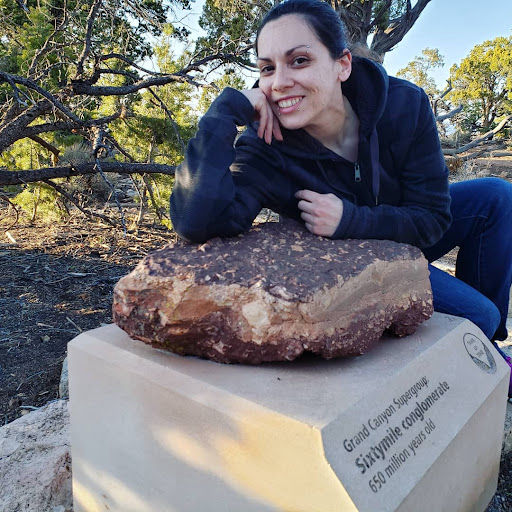
Matthew Rens is an aspiring geology major currently enrolled at Moorpark College with aims to transfer out after this spring. In his free time, he enjoys hiking, writing, and exploring the natural world around him.
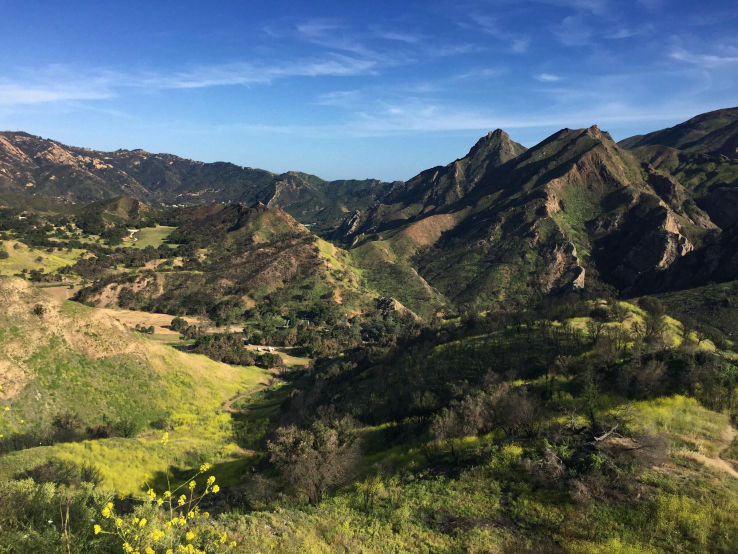
Ryan Parkyn is a geology student at Moorpark College who believes that rocks are Earth's oldest and best kept secret–those who diligently investigate them possess the key to fascinating discoveries.
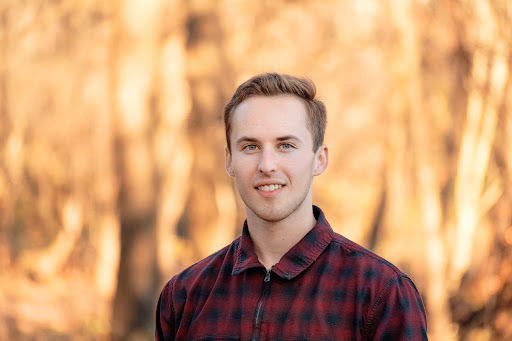
Tarantula Hill is one of the most iconic landforms in the Thousand Oaks area. It is composed primarily of dacite, formed as part of the Miocene Conejo Volcanics. This study sought to expand on the limited mineralogical knowledge of Tarantula Hill. Thin section analysis revealed relict hornblende crystals that displayed expected cleavage and crystal habit, yet abnormally-low interference colors and an obvious porous halo of replacement minerals. XRD analysis indicated the replacement minerals are anorthite. These results suggest an insufficient amount of aluminum to form clay minerals during weathering, and that the hornblende’s iron was oxidized and leached out by groundwater.
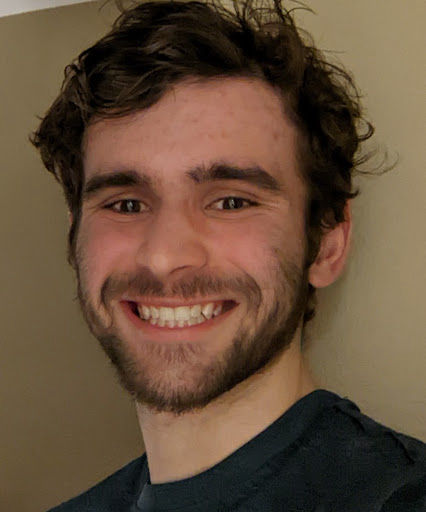
Alex is a Anthropology major at Moorpark College who is interested in studying the Ancient Maya and working as a museum curator. She has worked on a confidential site in Point Mugu and interns at the Stagecoach Inn Museum in Newbury Park, CA. Alex found her love for anthropology through geology and has enjoyed using her geology training to help her be a better anthropologist.
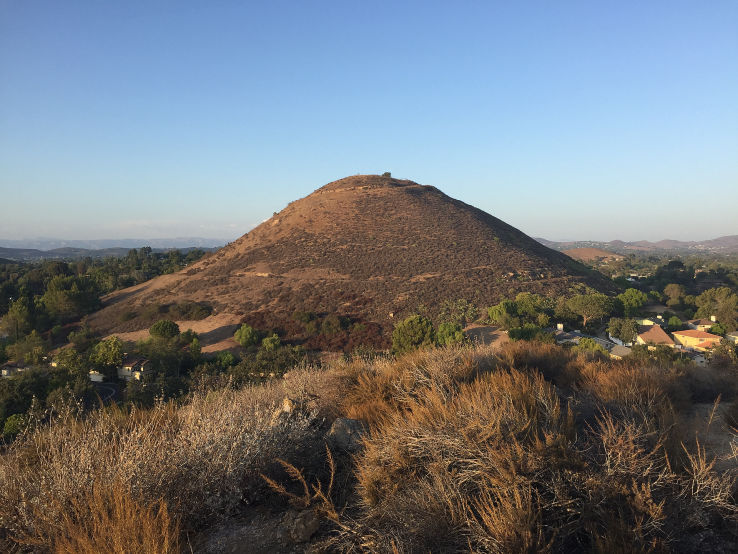
Nicholas Kay is a Moorpark College Geology major and student of Earth history. He has spent the better part of a year studying the geology of Tarantula Hill in Thousand Oaks, CA. To fund his passionate desire to be a fully fledged geologist, he currently works as a professional brewer in the area.

Tarantula Hill is one of the most iconic landforms in the Thousand Oaks area. It is composed primarily of dacite, formed as part of the Miocene Conejo Volcanics. This study sought to expand on the limited mineralogical knowledge of Tarantula Hill. Thin section analysis revealed relict hornblende crystals that displayed expected cleavage and crystal habit, yet abnormally-low interference colors and an obvious porous halo of replacement minerals. XRD analysis indicated the replacement minerals are anorthite. These results suggest an insufficient amount of aluminum to form clay minerals during weathering, and that the hornblende’s iron was oxidized and leached out by groundwater.

Alex is a Anthropology major at Moorpark College who is interested in studying the Ancient Maya and working as a museum curator. She has worked on a confidential site in Point Mugu and interns at the Stagecoach Inn Museum in Newbury Park, CA. Alex found her love for anthropology through geology and has enjoyed using her geology training to help her be a better anthropologist.
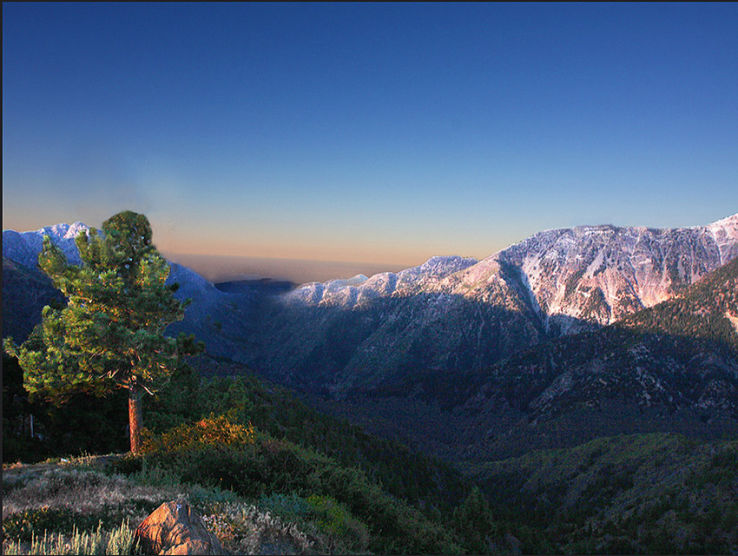
Marley is a third year Geology major at Moorpark College hoping to transfer to Cal Poly Humboldt next year. She loves rockhounding at local beaches and within the Santa Monica Mountain range. Marley hopes to work for nonprofit conservation efforts in the Pacific Northwest after college.
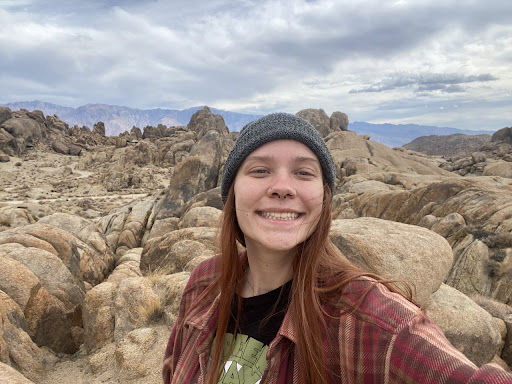
Hydrothermal alteration is a common process in many tectonic and igneous settings, dramatically changing mineralogy and having many consequences for geomorphology and economic geology. This study assessed the hydrothermal alteration of tonalite through identification of minerals in unaltered and altered samples collected in the front range of the San Gabriel Mountains, CA. Propylitic alteration was found, evidenced by the partial change of feldspars into clay minerals and complete chloritization of biotite. This was found to affect the hardness of the rock, making it more susceptible to weathering which perhaps affected the geomorphology of the area from which the samples were collected.

The Soda Springs and Deer Creek Region is a region who has a history of volcanic activity and long periods of erosion. This revealed many hundreds of feet of volcanic rock and interesting vein mineralization.
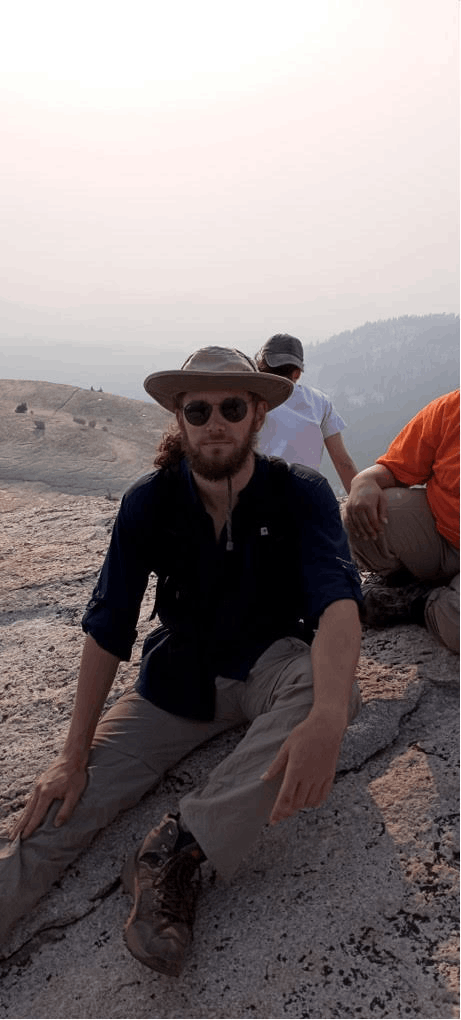
David Nims is a Geology Major at Santa Barbara City College’s Earth and Planetary Sciences department. David Has completed the Second Year Geology course at SBCC and multiple independent studies on subjects ranging from soil regeneration to mapping the Soda Creek and Deer Creek region of Oregon. David Nims is a tutor and grader for the Earth and Planetary Sciences department at SBCC and is the ex-President and current Secretary of the Geology Club at SBCC as well. Winner of the Geo-Visionary award, the Jeff Meyer award, the Team EikoBob Student Scholarship, and the Jan Dependahl Spirit of Geology Award.